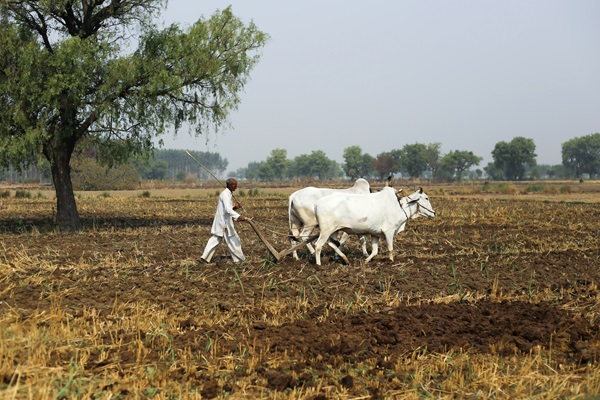.png)
Festive Season Fails to Spur Jobs Market, Urban Unemployment Rises
National unemployment was unchanged at 5.2% in October, LFPR barely moved, and urban women and young workers continued to face the toughest tests in the job market.

Akshi Chawla is a Delhi-based independent writer and editorial consultant.
November 17, 2025 at 4:05 PM IST
October was an important month in the current fiscal year. Early economic indicators showed a pickup in demand—helped by the first full month of GST rate cuts and buoyed by festival-season sales. However, this momentum did not translate into any visible improvement in India’s headline unemployment numbers. According to the latest Periodic Labour Force Survey, or PLFS, monthly bulletin, the unemployment rate stood at 5.2% in October 2025, unchanged from the previous month.
In fact, overall urban unemployment inched up to 7%, from 6.8% in September, with a marginal easing in rural unemployment (4.4% versus 4.6%) helping to offset the rise. The improved figures for the rural areas could be due to improved monsoon rains this year
For women, the unemployment rate dipped slightly—from 5.5% to 5.4%—while the rate for men remained unchanged.
(Note: Unless otherwise mentioned, all numbers pertain to those aged 15 years+).
The month brought mixed employment outcomes across demographic groups. The most notable improvement was among young women in rural areas, where the unemployment rate dropped nearly a full percentage point—from 14.1% in September to 13.2% in October. For young men, however, the trend moved in the opposite direction, with unemployment rising slightly from 13% to 13.2%. Rural women across age groups saw an easing in unemployment, but the situation worsened for women in urban areas. Among men, unemployment remained comparatively stable, with only marginal variations across age and location.
Together, the LFPR and unemployment numbers point to an improved labour market for women, especially, younger women living in rural areas. The picture, however, looks more sobering for their urban counterparts, and for young Indians in general, for whom unemployment remains stubbornly high.
A note on the unemployment rate: how is it calculated and what do these figures mean?
These numbers are estimated through a large-scale national household survey - the Periodic Labour Force Survey (PLFS) -- conducted by the Ministry of Statistics and Programme Implementation (MoSPI). The October 2025 estimates are based on the survey of 3,74,164 individuals from 89,264 households.
A person who is looking for work but is unable to find work is considered unemployed. They are different from those who are neither working nor looking for work (such individuals are considered to be out of the labour force). The PLFS considers a person as unemployed in a week if they did not work even for one hour on any day during the reference week but sought or were available for work at least for 1 hour on any day during the reference week.
Unlike inflation for which India has a target “ideal” range, there is no ideal unemployment figure. In general, higher rates of unemployment are bad for the economy though some unemployment (called “natural unemployment”) is considered good, even necessary for a healthy, functional economy. Many estimates place this to be in the 3-5% range. While India’s overall unemployment rate is not very high, unemployment remains particularly higher for specific groups -- in urban areas, for younger persons, and especially for women.



